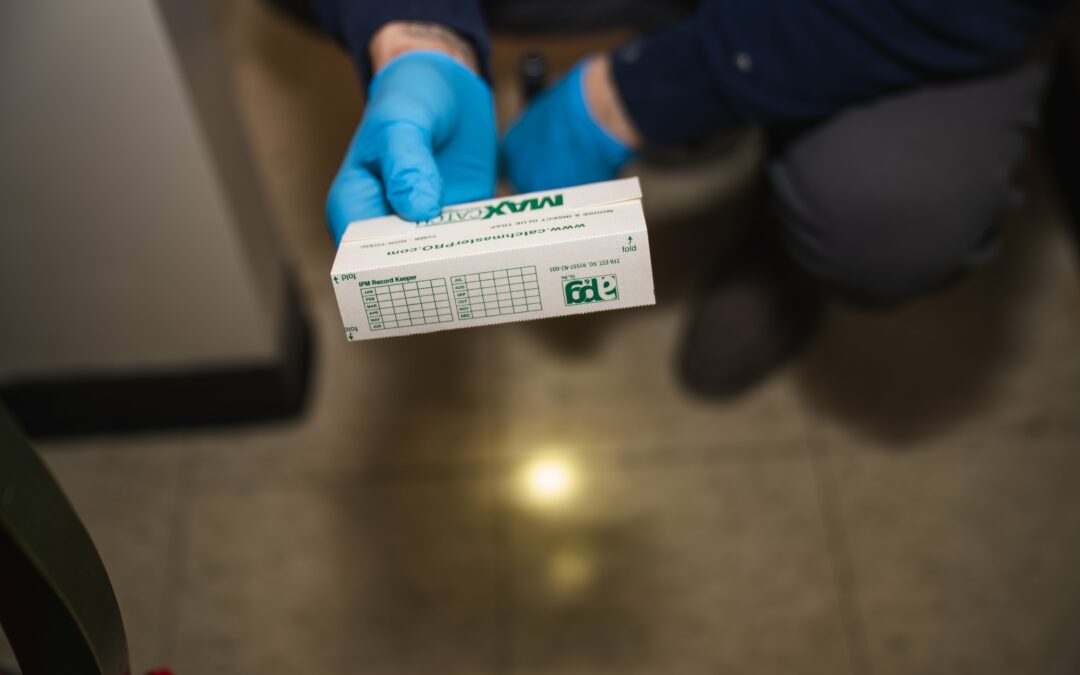Powderpost beetles are well known common wood-boring insect pests. However, it is the true powderpost beetles, also referred to as Lyctus beetles, that are the most destructive species of common wood-boring insect pests. Lyctus beetles come in a close second behind termites when it comes to the amount of destruction they can cause to structural wood in homes. They are considered to be one of the most commonly managed wood-boring insect pests in homes.
Lyctus beetles feed only on hardwoods, passing over softwoods such as conifers. It is actually the starch content in the wood that they seek out for sustenance, which is why they feed mostly on the sapwood of trees, which have the highest starch contents. As adults do not actually feed, this suggests that starch is likely the main food larvae consume. Products made of bamboo and wicker are often infested. Female adult Lyctus beetles mate and lay their eggs inside the pores in the wood they are infesting or holes that were bored by previous beetles. Once the larvae hatch, they feed on the wood, continuing to bore their own hole through said wood until they develop into adults. At this point, they bore an emergency hole, and the entire cycle starts all over again.
When boring through wood, the larvae tend to follow along the grain rather than against it as they eat their way through. Because of this constant cycle of adults emerging from their holes only to immediately make new Lyctus beetles and stick them straight back into that exact same wood, infested wood is often reinfested by many generations of these beetles. This can severely damage the wood over time and eventually reduce it to little more than dust. Lyctus beetles may then also decide to move on to utilizing other nearby susceptible wood structures to lay their eggs. The primary sign that an infestation is present is extremely fine, powdery fecal material that can be found piled outside the emergence holes made by adult beetles. The presence of these small, round emergence holes is another sign of a possible infestation. The adult beetles are between 2 and 7 ½ mm long and reddish to dark brown in color.
The best way to avoid an infestation is to make sure any wood you bring inside your home is free of these pests. Infested wood will have to be replaced, and once you discover an infestation, a pest control professional must be called in to handle the pests.
Have you ever discovered Lyctus beetles infesting wood inside your home?

